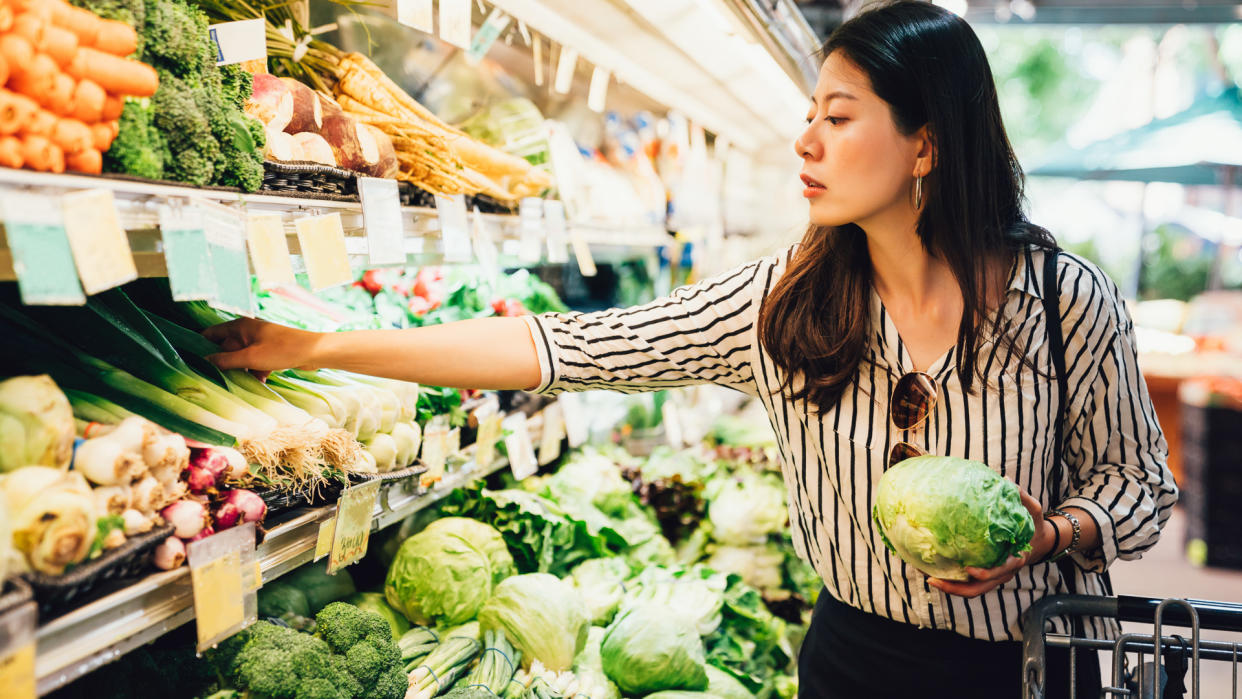Prices on Some Consumer Goods Have Risen Double-Digit Percentages in Pandemic

While the COVID-19 pandemic may have forever changed how consumers shop for goods, the prices they pay for them continues to increase. New data shows that the price of goods has increased throughout the pandemic.
See: Why Does the Consumer Price Index Matter?
Find: Inflation Is Here — What Does That Mean for Your Wallet?
Durable Goods and Energy Categories See Highest Spikes
According to the latest data from the U.S. Bureau of Labor Statistics, the pandemic drove prices upwards for a number of consumer price categories. Over the 12-month period ending March 2021, gasoline prices increased by over 22%. Analysts worry those prices could spike even further after a cyberattack forced the closure of the Colonial Pipeline.
Not only is driving getting more expensive, but buying a car or truck saw a significant price spike during the pandemic as well. With some public transportation options reducing service as workers stayed home, the demand for used vehicles sharply increased. The Consumer Price Index shows the price of used cars and trucks jumped by nearly 10% between March 2020 and March 2021. Comparatively, the price of new cars only increased by 1.5%.
The cost of food has also significantly increased throughout the pandemic, as more Americans were forced to cook more of their meals at home. The CPI revealed that staples like meat, poultry, fish and eggs climbed 5.4%, while the price of fruits and vegetables went up 3.8%. Soft drinks and beverage materials also went up 3.2%. And if you do decide to order in, the cost of that limited-service meal — like fast food or pizza delivery — has increased an average of 6.5%.
See: How to Start Extreme Couponing in 5 Steps
Find: P&G Is the Latest Company to Hike Prices, Joining Coke, General Mills and Kimberly-Clark
Supply and demand are not entirely to blame for the sustained CPI increases. In April, CNBC reported both Coca-Cola and Procter & Gamble accounced they’d increase their prices as a result of soaring commodity prices.
Transporting consumer goods also has gotten more expensive. For example, the latest DAT Trendlines freight market report shows that the rate for moving goods from one location to another in refrigerated containers — the ones used to transport perishable food — increased by 51.8% between April 2020 and April 2021. Those increases are often passed on to the consumer in the form of higher prices at the grocery store and retail shop.
Price Increases Result in Consumer Habit Changes
As a result of the pandemic, consumers say they are much more budget conscious than before the world temporarily closed down. Data from NielsenIQ shows 42% of consumers are now making purchase decisions based on the lowest price, while 45% say they always seek private label or store brands in order to maximize savings.
More From GOBankingRates
Money’s Most Influential: Where Do Americans Get Their Financial Advice?
‘Rich Dad Poor Dad’ Author Robert Kiyosaki: You Should Never Say ‘I Can’t Afford That’
This article originally appeared on GOBankingRates.com: Prices on Some Consumer Goods Have Risen Double-Digit Percentages in Pandemic

